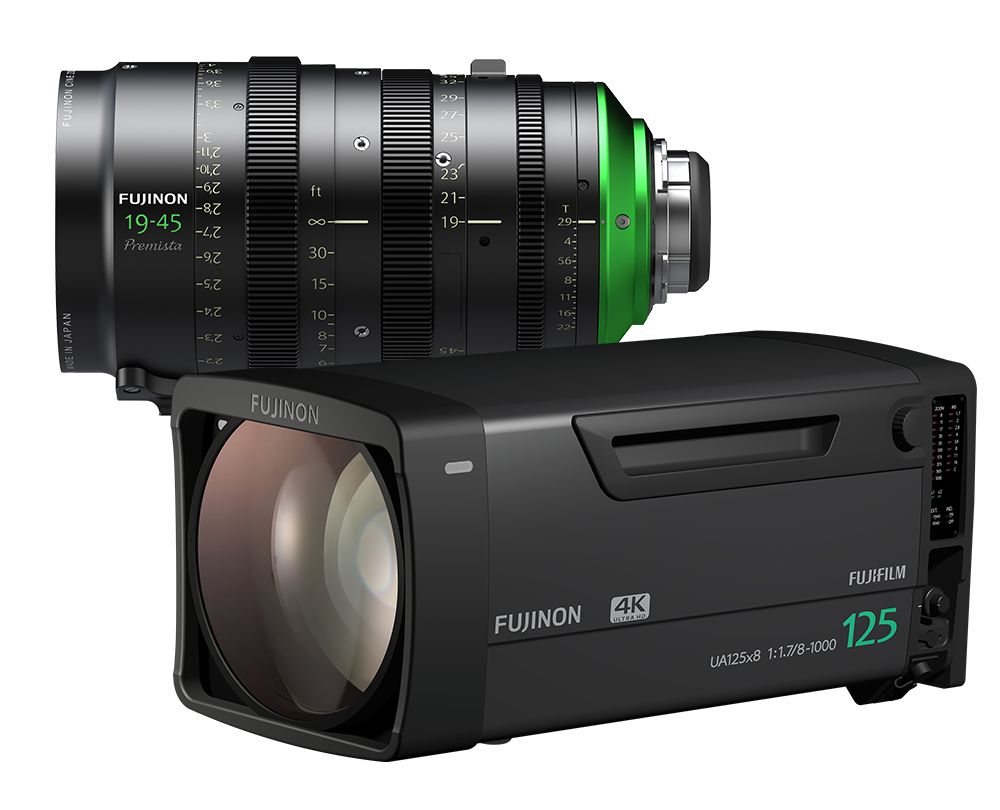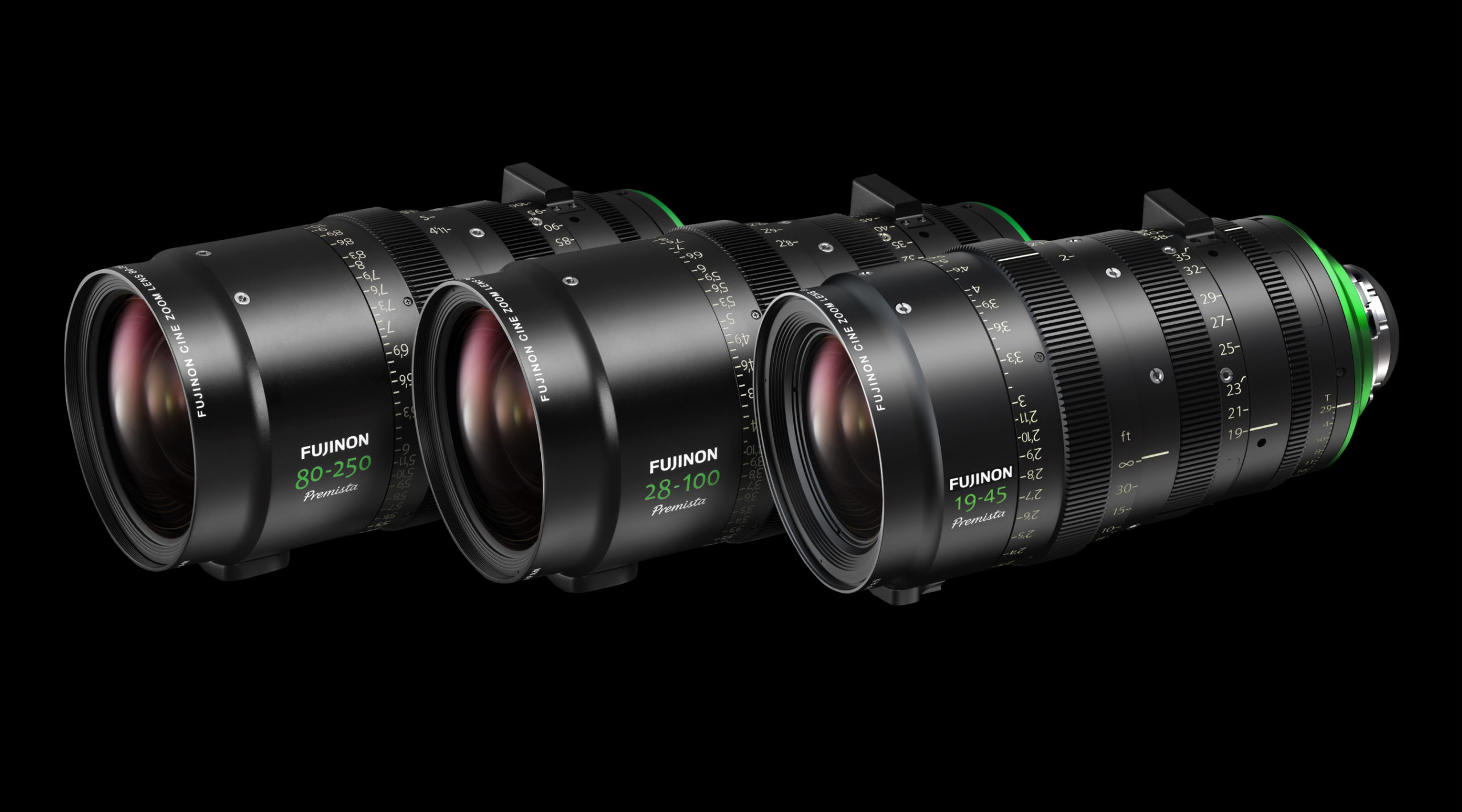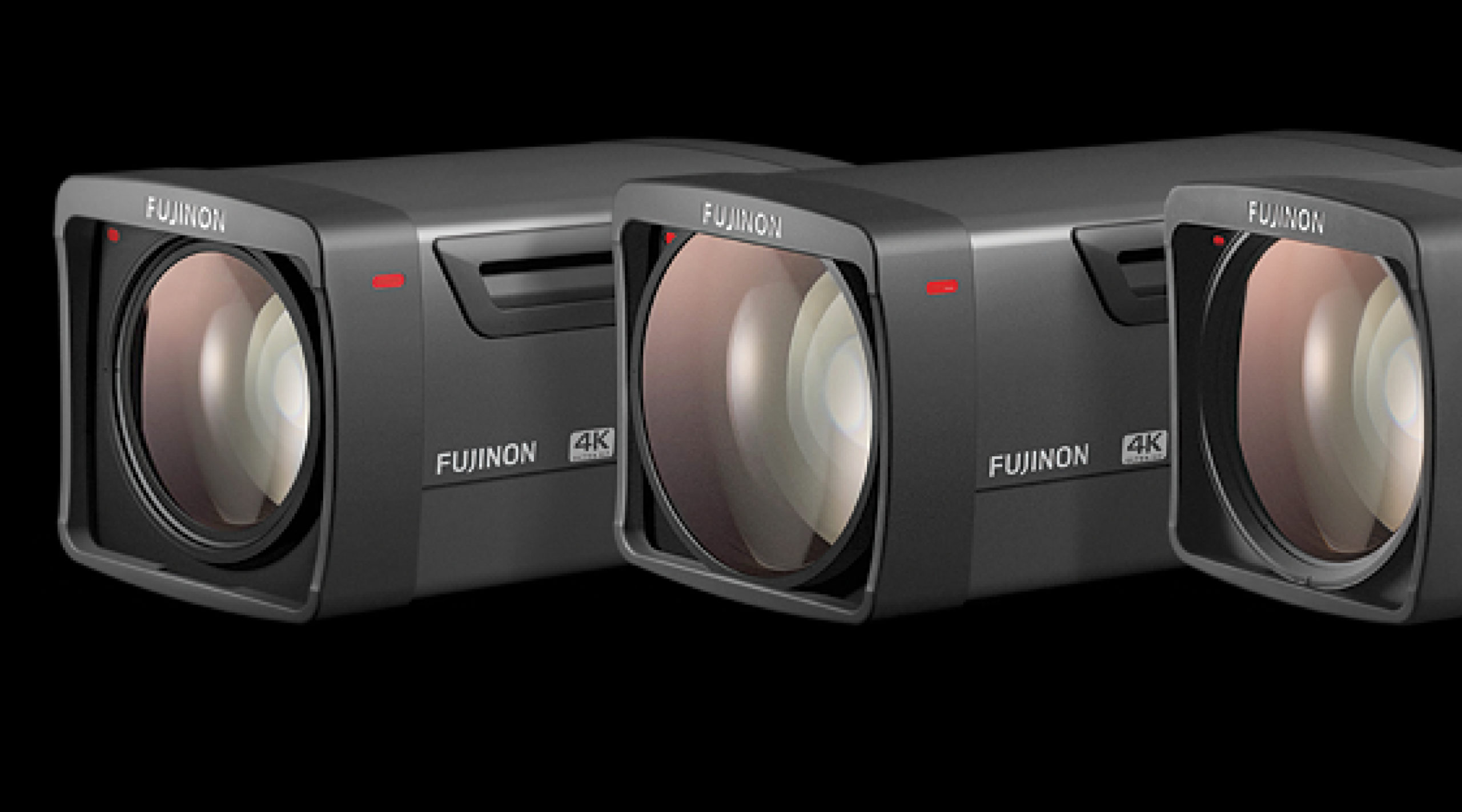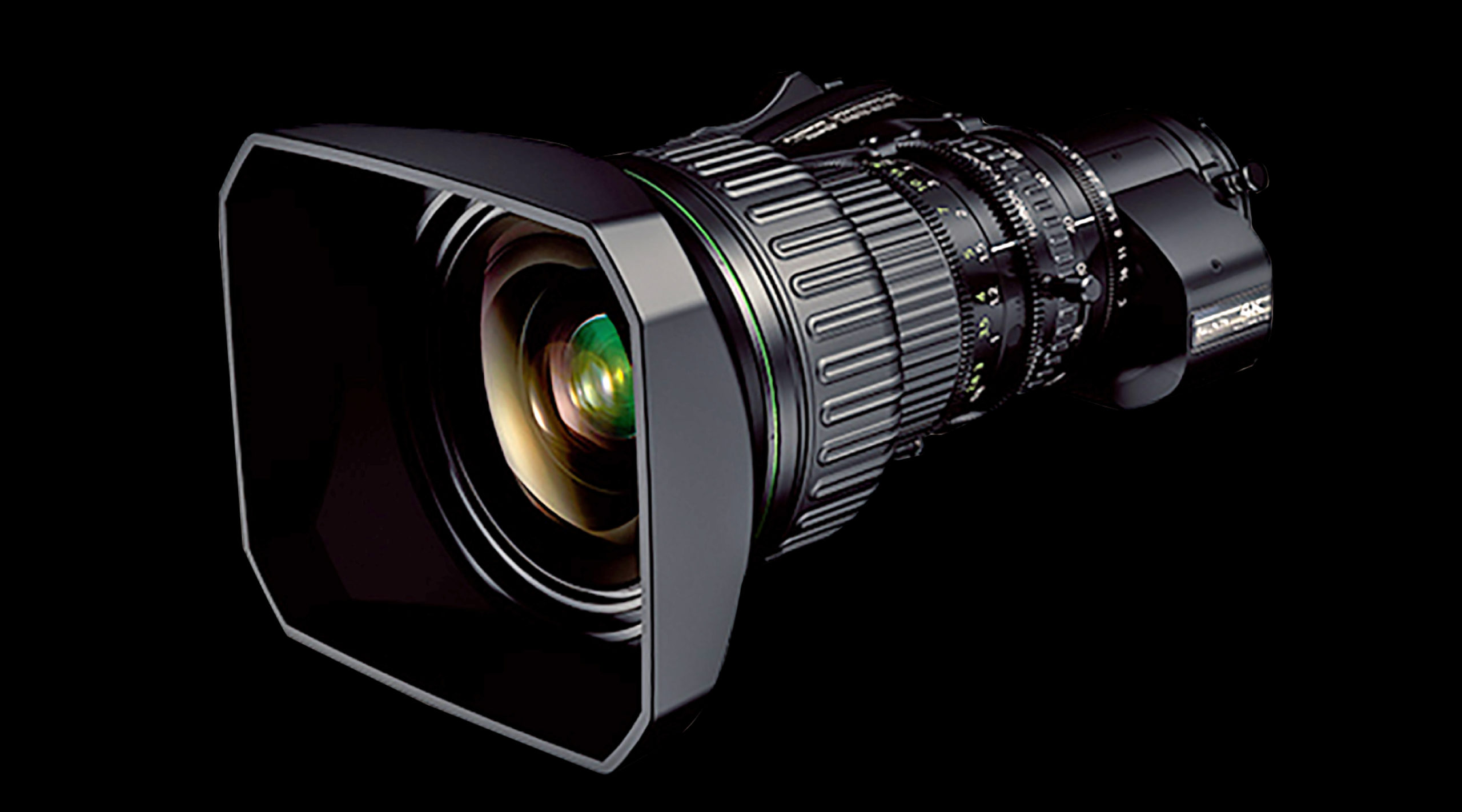FEATURED PRODUCT
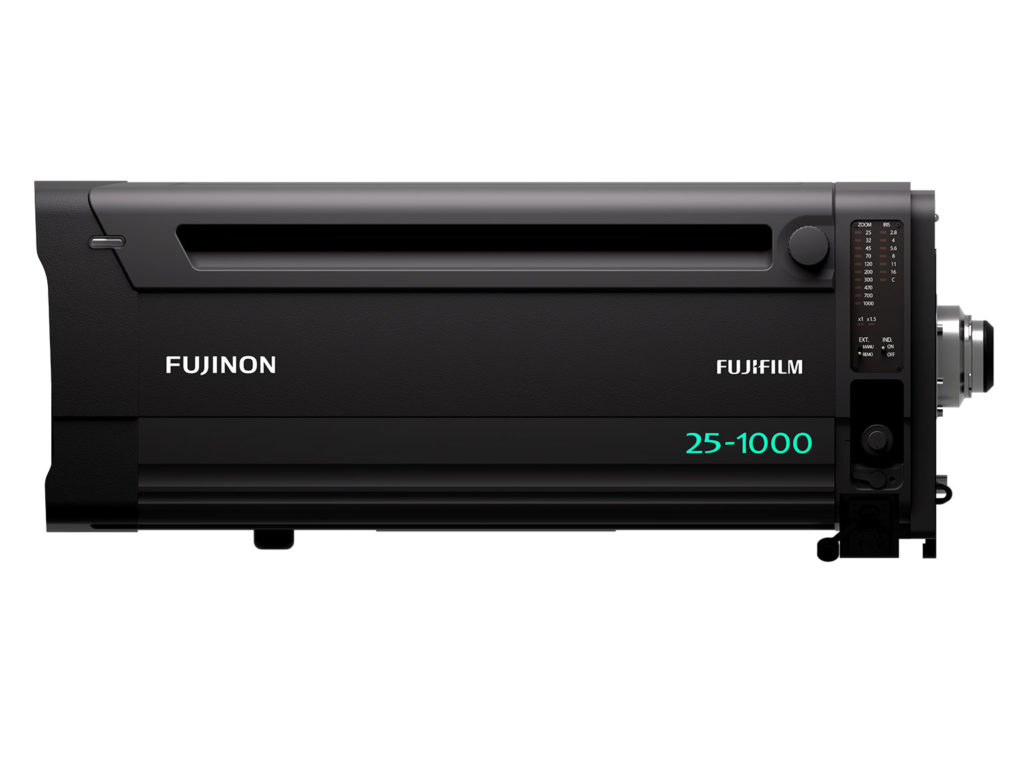
FUJINON HZK25-1000mmF2.8-F5.0
PL Mount Box Lens
HZK25-1000 features a native PL mount, offering a beautiful bokeh that brings a cinematic look to live production. This lens achieves a long telephoto focal length of 1000mm (1500 with 1.5 Expander), the highest combination of magnification and telephoto reach available to date for large cinema sensors.

